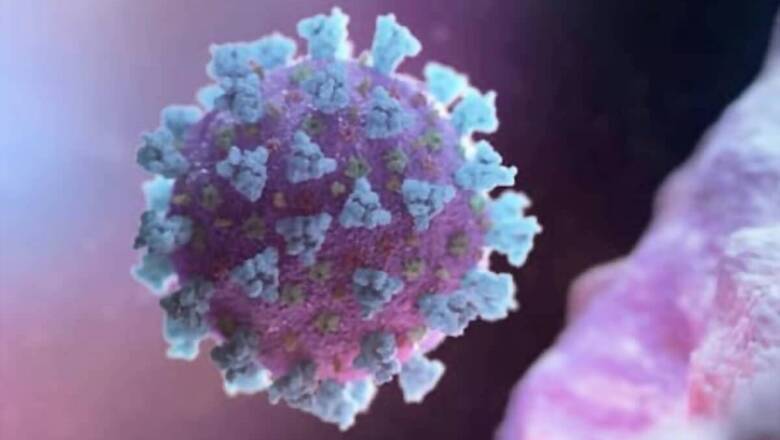
views
A rampaging second wave of the Covid-19 pandemic has hit India hard. The country has reported over 2 lakh infections for five consecutive days now. Many states are grappling with the shortage of medical oxygen, the antiviral remdesivir, hospital beds and vaccines. India’s top medical research body ICMR has shared data from hospitalisation of Covid-19 patients during the first and the second wave of the pandemic.
The data suggests that there is no evidence of the younger population being at greater risk in the current phase and that the proportion of deaths in the hospitalised patients also has not changed between the two waves.
More asymptomatic people have been admitted to hospitals in the second wave, of which the ICMR has done interim analysis and larger studies are ongoing.
Medical oxygen
In this wave, more cases of breathlessness have been witnessed while in the previous one, symptoms like dry cough, joint pain, headaches were more, according to the ICMR. The symptoms of joint ache, fatigue, muscle ache, loss of smell or sore throat are much less compared to the first wave. However, shortness of breath is higher in this wave, significantly raising the requirement of supplemental oxygen in the country.
First wave: Symptoms like dry cough, joint pain, headaches were more.
Hospitalised patients: 41.7 % reporting shortness of breath.
Second wave: Shortness of breath is higher in this wave and so there is a higher requirement of oxygen.
Hospitalised patients: 47.5 % reporting shortness of breath.
Infection in young individuals
People between 30-45 years of age testing positive remain the same as last year at 21%. No excess rate of young people testing positive.
First wave: People under 30 years of age constituted 31% positive cases.
Second wave: People under 30 years of age constitute 32% of positive cases.
Average age
Only a marginally high proportion of Covid-19 patients are of younger age and that of the average age of patients. More than 70% were above or equal to 40 years of age.
First wave: Average age of patients was 50 years.
Second wave: Average age of patients is 49 years.
Death rate
The second wave of Covid-19 in India is ‘less severe’ than the first wave and there is no change in the death rate.
Virus itself: SARS-CoV-2
In the past year, the virus has mutated many times over and there are various unidentified mutations; of them, some are of concern.
First wave: Original form of SARS-CoV-2
Second wave: There is a double mutant, plus the UK, Brazilian, South African variants that have demonstrated to have higher transmissibility.
Read all the Latest News, Breaking News and Coronavirus News here. Follow us on Facebook, Twitter and Telegram.

















Comments
0 comment